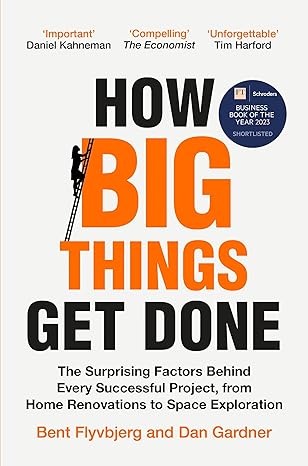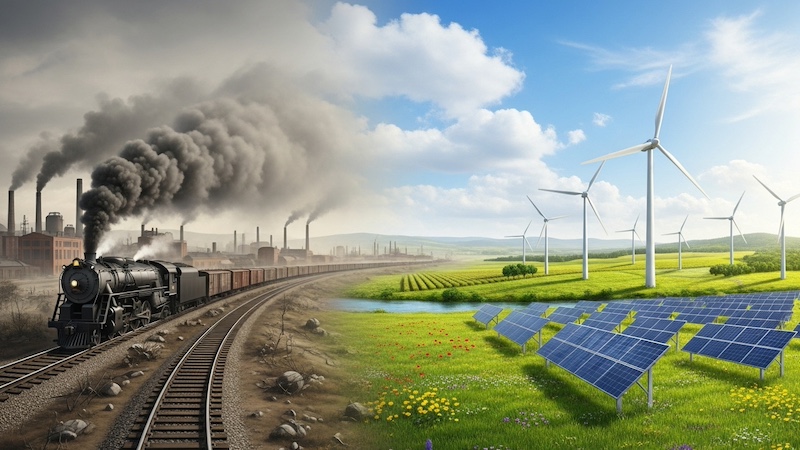
Welcome to Our Blog
Stay updated with expert insights, advice, and stories. Discover valuable content to keep you informed, inspired, and engaged with the latest trends and ideas.
-

How Big Things Get Done – Lessons for the Energy Transition
As an Amazon Associate I earn from qualifying purchases. Why it matters now: As the world races to build the clean energy…
-

Why Peak Carbon Matters: Heatwaves to Hot Ideas
From Tyndall to Today: Science, Industry and the Carbon Challenge The foundation of today’s climate science was laid over 160 years…
From Tyndall to Today: Science, Industry and the Carbon Challenge
The foundation of today’s climate science was laid over 160 years ago. In 1859, the Irish physicist John Tyndall conducted pioneering experiments at London’s Royal Institution demonstrating that water vapour and carbon dioxide absorb and radiate heat, a process we now call the greenhouse effect. Using an apparatus he painstakingly built in the RI’s basement, Tyndall confirmed that common gases like CO₂ regulate the Earth’s temperature and keep it habitable. His clarity and determination helped the message spread: changes in these gases’ concentrations would alter the planet’s delicate equilibrium.

Tyndall’s work coincided with the accelerating Industrial Revolution, a period of unparalleled progress and prosperity but one that also inadvertently uncorked vast fossil carbon stores. The widespread burning of coal, followed by oil and gas, powered industrialisation but fractured the carbon cycle. Natural carbon sinks could no longer keep pace, causing atmospheric CO₂ to rise at rates unseen in Earth’s history.
Thanks to ice cores drilled in Greenland and Antarctica, scientists now have CO₂ records stretching back over 800,000 years. Throughout this vast span, CO₂ levels fluctuated naturally between about 170 and 300 parts per million (ppm), reflecting the planet’s cycling between ice ages and warmer interglacial periods. The carbon cycle maintained a rough equilibrium, preventing runaway extremes.
The mother of invention
I began my career in the energy transition just over a decade ago, as low-carbon technologies like solar and wind power started to emerge as alternative energy sources that could compete on scale and cost with fossil fuels. Domestic battery systems were coming to market, though grid-scale storage was still mostly an idea. Yet, the numbers tell a sobering story: since 2015, atmospheric CO₂ has surged from roughly 400ppm to nearly 425ppm—an increase unmatched in nearly a million years. Meanwhile, headlines of wildfires, floods, and record temperatures grow ever more frequent.
The warming world affects us all. My children struggle to sleep through this year’s many heatwaves, while my two dogs seek shade wherever they can. Industry, farming, health, and daily life worldwide are all feeling the impact of climate change. This isn’t a problem we can solve overnight, there is still much work ahead to reduce carbon emissions and eventually lower carbon levels in the atmosphere.
The good news is that millions worldwide are working on solutions—innovating, building, financing, and shaping policy to reach our goals. While temperatures continue to set records, so too does the deployment of renewables. Installation rates are soaring, costs are plummeting, and the day when the dirtiest fuels become relics of the past is beginning to come into view.
There is no shortage of reasons for all of us to play our part in bringing peak carbon closer. It is an achievable goal—but one that requires long-term vision, spanning decades rather than months or years. Just as Tyndall’s research continues to shape the world more than a century later, so too can our efforts leave a lasting impact.